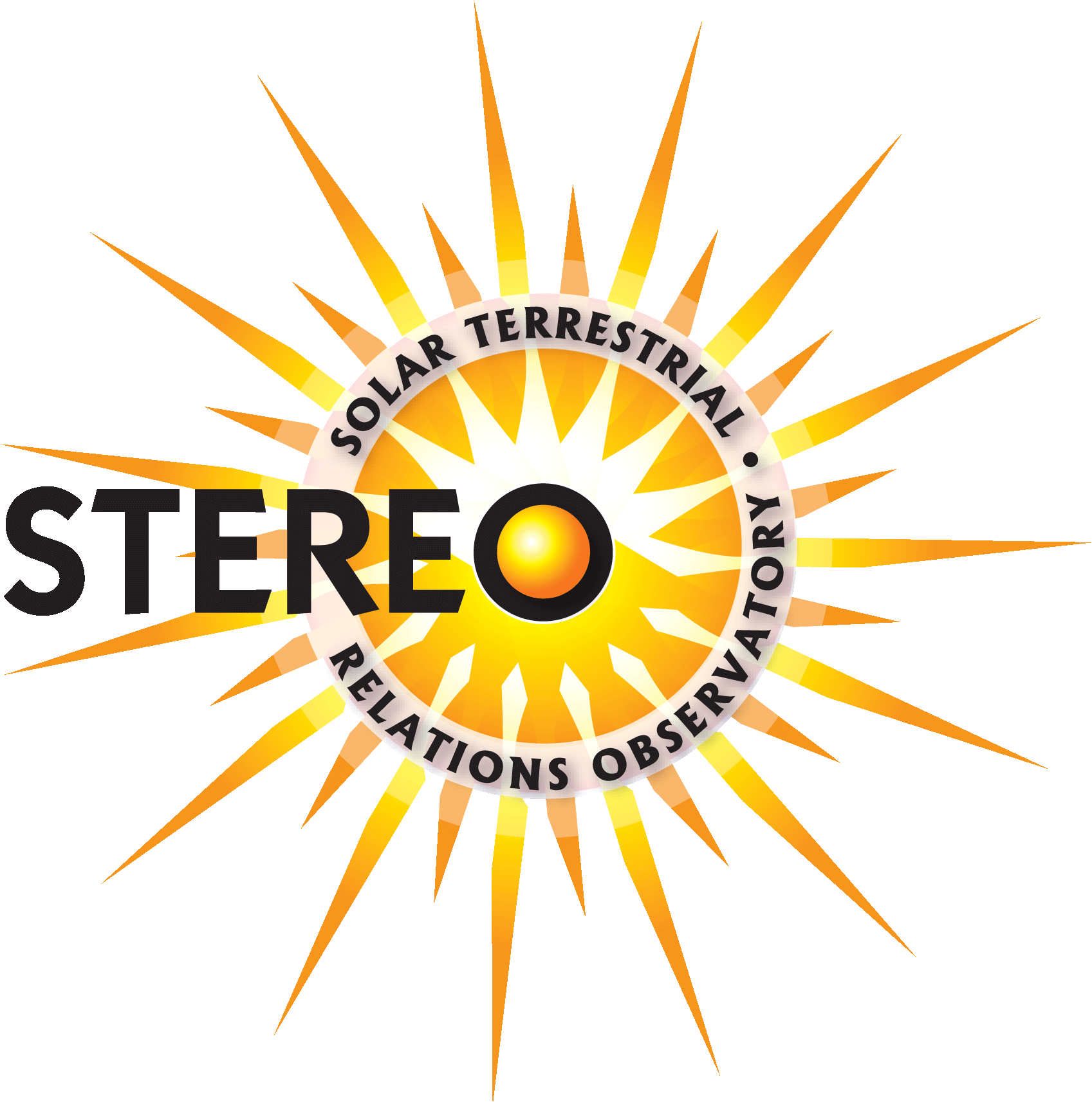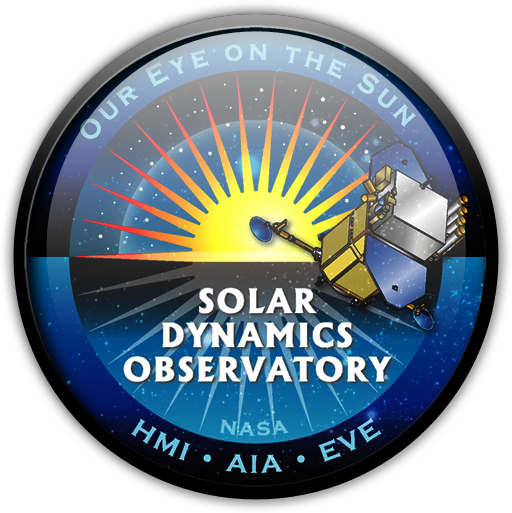SunPy–The Community-developed, Free, and Open-source Solar Data Analysis Environment for Python
VAST Seminar Series / Virtual / 15 May 2024
Will Barnes
American University/NASA GSFC
on behalf of The SunPy Project
What is solar physics?
Solar data are dyanmic
…high resolution
Image credit: NASA MSFC, SAO, Hi-C 2.1 Instrument Team
…observed from many viewpoints





Challenges
Data…
- …are spread across many different providers
- …are often large and split across many files
- …can be very heterogeneous (may or may not follow FITS standard)
- …must be held together with the metadata
- …are expressed in complex coordinate systems
Software…
- …is typically developed by instrument teams on a best effort basis
- …development is not coordinated across instrument teams
- …has traditionally been written in IDL, though with a centralized “core” codebase (SSW)
sunpy: Solar Data Analysis in Python
- Began in March of 2011 at NASA GSFC
- Frustration with licensing fees, fragility of SSW
- Early attempts using GDL\(\to\)Python
- v0.1 released 9/2011
- v1.0 in 6/2019-paper currently has >200 citations
- Now at v5.1 with v6.0 imminent
- Some early skepticism due to heritage of IDL/SSW
- Now the default choice, especially for ECRs
- Open-source and openly developed–by the community, for the community
- Built on SciPy ecosystem, especially
astropy


sunpy: Solar Data Analysis in Python
Searching for Data with sunpy
from sunpy.net import Fido, attrs as a
import astropy.units as u
1query = Fido.search(
a.Time('2018-05-29 18:00', '2018-05-29 18:00:10'),
a.Wavelength(171*u.angstrom),
a.Instrument.aia
)
print(query)- 1
- Search remote repository for AIA 171 Å images between 18:00 and 18:10 on May 29 2018.
Results from 1 Provider:
1 Results from the VSOClient:
Source: http://vso.stanford.edu/cgi-bin/search
Total estimated size: 67.789 Mbyte
Start Time End Time Source ... Extent Type Size
... Mibyte
----------------------- ----------------------- ------ ... ----------- --------
2018-05-29 18:00:09.000 2018-05-29 18:00:10.000 SDO ... FULLDISK 64.64844
2files = Fido.fetch(query, path='data/{instrument}')
print(files)- 2
-
Download all FITS files corresponding to this search result to
data/AIA.
['data/AIA/aia_lev1_171a_2018_05_29t18_00_09_35z_image_lev1.fits']Loading Data with sunpy

Inspecting Data with sunpy
AIA
171.0 Angstrom
2018-05-29T18:00:09.350
<SkyCoord (HeliographicStonyhurst: obstime=2018-05-29T18:00:09.350, rsun=696000.0 km): (lon, lat, radius) in (deg, deg, m)
(0.00562552, -0.97774891, 1.51600359e+11)>PixelPair(x=<Quantity 1425.73662106 pix>, y=<Quantity 2049.01122848 pix>)
Transforming Data with sunpy
from sunpy.coordinates import propagate_with_solar_surface
m_seq = sunpy.map.Map('data/sequence/*.fits', sequence=True)
fig = plt.figure(figsize=(16, 4), layout='constrained')
for i, m in enumerate(m_seq):
ax = fig.add_subplot(1, len(m_seq), i+1, projection=m)
m.plot(axes=ax)
with propagate_with_solar_surface():
blc = m_cutout.bottom_left_coord.transform_to(m.coordinate_frame)
trc = m_cutout.top_right_coord.transform_to(m.coordinate_frame)
m.draw_quadrangle(blc, top_right=trc)
Transforming Data with sunpy
with propagate_with_solar_surface():
m_seq_aligned = sunpy.map.Map([m.reproject_to(m_cutout.wcs) for m in m_seq], sequence=True)
fig = plt.figure(figsize=(16, 4), layout='constrained')
for i, m in enumerate(m_seq_aligned):
ax = fig.add_subplot(1,len(m_seq_aligned), i+1, projection=m)
m.plot(axes=ax, cmap='sdoaia171', title=m_seq[i].date)
The SunPy Project
The SunPy Ecosystem
Functionality


Integration


Documentation



Testing


Duplication


Community


Development Status






Summary
- Solar data are large, complex, and heterogenous, but hold great value in combination
sunpyis a community-developed Python package for solar data analysis- The
sunpypackage provides the ability to search, load, and transform solar data - The SunPy Project is composed of not just the code, but also the people and the community
- The SunPy Project maintains an interoperable ecosystem of tools for working with solar data
Resources
- Website: sunpy.org
- GitHub: github.com/sunpy
- Documentation: docs.sunpy.org
- Matrix Chat




